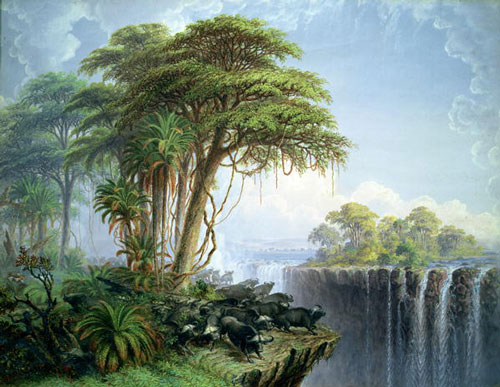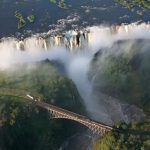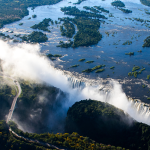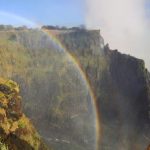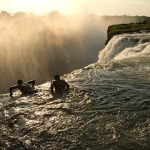You step into a realm of lush greenery as you make your way towards the majestic Victoria Falls. Surrounded by the mesmerizing beauty of the cascading waters, you can’t help but be captivated by the vibrant plants that thrive in this diverse ecosystem. From towering palm trees to delicate orchids, the flora of Victoria Falls is a testament to the resilience and adaptability of nature. Join us as we embark on a journey to explore the enchanting plants that call Victoria Falls their home.

Flora of Victoria Falls
Victoria Falls, located in southern Africa, is not only an awe-inspiring natural wonder but also a botanical paradise. The diverse range of plant species found here is a testament to the unique ecosystem that thrives in this region. From the lush rainforest to the vast grasslands and the tranquil aquatic habitats, the flora of Victoria Falls is a sight to behold. In this article, we will explore the different types of plants that call this magnificent place home.
Rainforest Plants
The rainforest surrounding Victoria Falls is a haven for a variety of plant life. The dense canopy and abundant moisture create the perfect conditions for ferns, mosses, orchids, and epiphytic plants to thrive.
Ferns and Mosses
As you wander through the rainforest, you will be greeted by a carpet of vibrant green ferns and mosses. These plants have adapted to the damp and shaded environment, their delicate fronds and intricate structures adding a touch of elegance to the lush undergrowth.
Orchids
One of the highlights of the rainforest is the abundance of orchids. These exquisite flowers come in a dazzling array of colors and shapes, captivating visitors with their beauty. Some orchids in Victoria Falls are epiphytic, meaning they grow on the branches of trees, while others can be found nestled among the ferns on the forest floor.
Epiphytic Plants
Epiphytic plants are masters of adaptation, using other plants as support structures without relying on them for nutrients. They have evolved unique strategies to collect water and nutrients from the air and rain, allowing them to survive in the rainforest’s high canopy. Epiphytes such as bromeliads and air plants can be found clinging to tree branches, their vibrant blooms adding a splash of color to the verdant green surroundings.
Climbing Plants
Another fascinating group of rainforest plants is the climbers. These plants have specialized structures that enable them to climb up trees, reaching for the sunlight above. Vines, such as lianas, twist and twine around tree trunks, creating a mesmerizing intertwining pattern that adds to the rainforest’s enchanting allure.
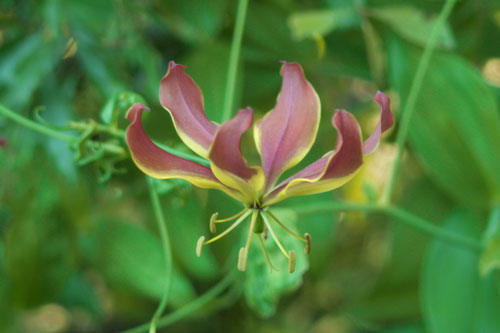
Grasslands Plants
Beyond the rainforest, the terrain around Victoria Falls transforms into vast grasslands. Here, a different set of plants thrives, adapted to the drier conditions and open spaces.
Grasses and Sedges
Grasses and sedges dominate the grasslands, forming expansive carpets of swaying vegetation. These plants have deep root systems that allow them to withstand drought and compete for limited water resources. Grasses, such as elephant grass, provide food and shelter for the abundant wildlife that roams the grasslands.
Wildflowers
In between the sea of grass, bursts of color emerge, courtesy of the wildflowers that bloom during the rainy seasons. These delicate blooms attract a myriad of butterflies and pollinators, adding vibrancy and life to the grasslands.
Shrubs
Scattered among the grasses and wildflowers, shrubs dot the landscape, providing a diversity of habitats for small animals and insects. From the low-growing acacias to the spiky leaves of the devil thorn, these shrubs have adapted to survive in the harsh grassland environment.
Aquatic Plants
Victoria Falls is also home to a variety of aquatic plants, taking advantage of the abundance of water in the region’s waterways and wetlands.
Water Lilies
One of the most iconic aquatic plants found in Victoria Falls is the water lily. These enchanting flowers float on the water’s surface, their vibrant petals contrasting with the serene blue of the river. Water lilies have specialized adaptations, such as their long stems and large leaves, which enable them to absorb sunlight and nutrients efficiently.
Papyrus
Papyrus is another remarkable aquatic plant that thrives in the wetlands surrounding Victoria Falls. Its tall, sturdy stems and tufted, umbrella-like clusters of leaves create a unique habitat for various bird species. Papyrus mats form dense vegetation that provides nesting sites for birds and shelter for fish.
Floating Plants
Floating plants, such as water hyacinths and duckweeds, complete the aquatic ecosystem of Victoria Falls. These plants float effortlessly on the water’s surface, their roots dangling beneath, providing shelter for small aquatic organisms and contributing to the overall balance of the ecosystem.
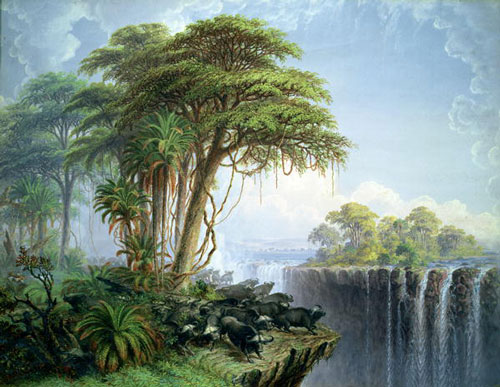
Rare and Endangered Plants
Victoria Falls is not only a sanctuary to a diverse array of plants but also a refuge for rare and endangered species. Efforts are being made to conserve these plants and protect their natural habitats.
Angolan Foutain Tree
The Angolan Foutain Tree, a critically endangered species, can be found in the woodlands surrounding Victoria Falls. This majestic tree, with its tall trunk and feathery foliage, provides essential habitat and food sources for various bird species. Conservation efforts are underway to ensure the survival of this magnificent tree.
Miombo Woodlands Plants
The miombo woodlands, characterized by the miombo trees, support a wide range of plant species. These woodlands are home to numerous rare and endangered plants, such as the Julbernardia trees and the Hymenocardia acida shrub. Conservation initiatives aim to protect these unique habitats and the plant species that rely on them.
Mistletoe
Mistletoe, a semi-parasitic plant, can be found clinging to the branches of trees in Victoria Falls. While mistletoe is not necessarily rare, its presence highlights the importance of conserving the natural balance of the ecosystem. Mistletoe plays a crucial role in providing food and habitat for birds and animals, emphasizing the interconnectedness of plant and animal life.
Adaptations of Victoria Falls Plants
The plants of Victoria Falls have evolved an impressive array of adaptations that allow them to thrive in their respective environments, whether it be the arid grasslands or the humid rainforest.
Xerophytes
Xerophytes are plants that have adapted to arid conditions, characterized by low water availability and high temperatures. These plants have developed specialized features that enable them to conserve water and survive in drought-prone areas.
Hydrophytes
On the other end of the spectrum, hydrophytes are plants that have adapted to aquatic environments. These plants have evolved unique adaptations that allow them to live in water, from specialized root structures to buoyant leaves and stems.
Epiphytes
Epiphytes are plants that grow on the surfaces of other plants, usually trees. These plants have unique adaptations that enable them to access moisture and nutrients from the air and rain, rather than relying on the soil.
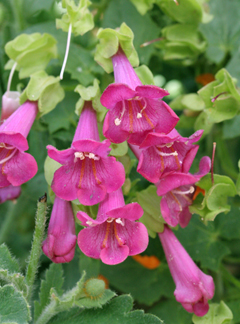
Xerophytes
The harsh conditions of the grasslands necessitate the presence of xerophytic plants, which have adapted to survive in arid environments.
Succulents
Succulents, such as aloe and agave, are excellent examples of xerophytic plants. These plants have thick, fleshy leaves that can store water for extended periods, allowing them to withstand prolonged dry spells.
Cacti
Cacti are iconic xerophytic plants well-suited to the dry grasslands. Their unique stem structures enable them to store water, and their spines help reduce water loss by shading the plant’s surface from direct sunlight and reducing evaporation.
Drought-Resistant Plants
Many grasses and shrubs found in the grasslands have developed adaptations to survive prolonged periods of drought. These plants have deep root systems that can tap into underground water sources, ensuring their survival even in the driest of times.
Hydrophytes
The aquatic plants of Victoria Falls have adapted to the constant presence of water, employing various strategies to thrive in this unique setting.
Water Lily Adaptations
Water lilies have evolved numerous adaptations that allow them to live in aquatic environments. Their large, round leaves float on the water surface, providing an excellent surface area for sunlight absorption. The plants have long stems that anchor them to the bottom of ponds or rivers, ensuring their stability against the water’s movement.
Papyrus Adaptations
Papyrus has long, sturdy stems that grow in dense clusters, creating a floating mat on the water’s surface. This adaptation allows it to withstand the flowing currents of rivers and provides a safe haven for nesting birds.
Floating Plant Adaptations
Floating plants, such as water hyacinths and duckweeds, have tiny roots that hang down into the water, absorbing nutrients directly. Their buoyant leaves and stems allow them to float freely, maximizing their exposure to sunlight for photosynthesis.
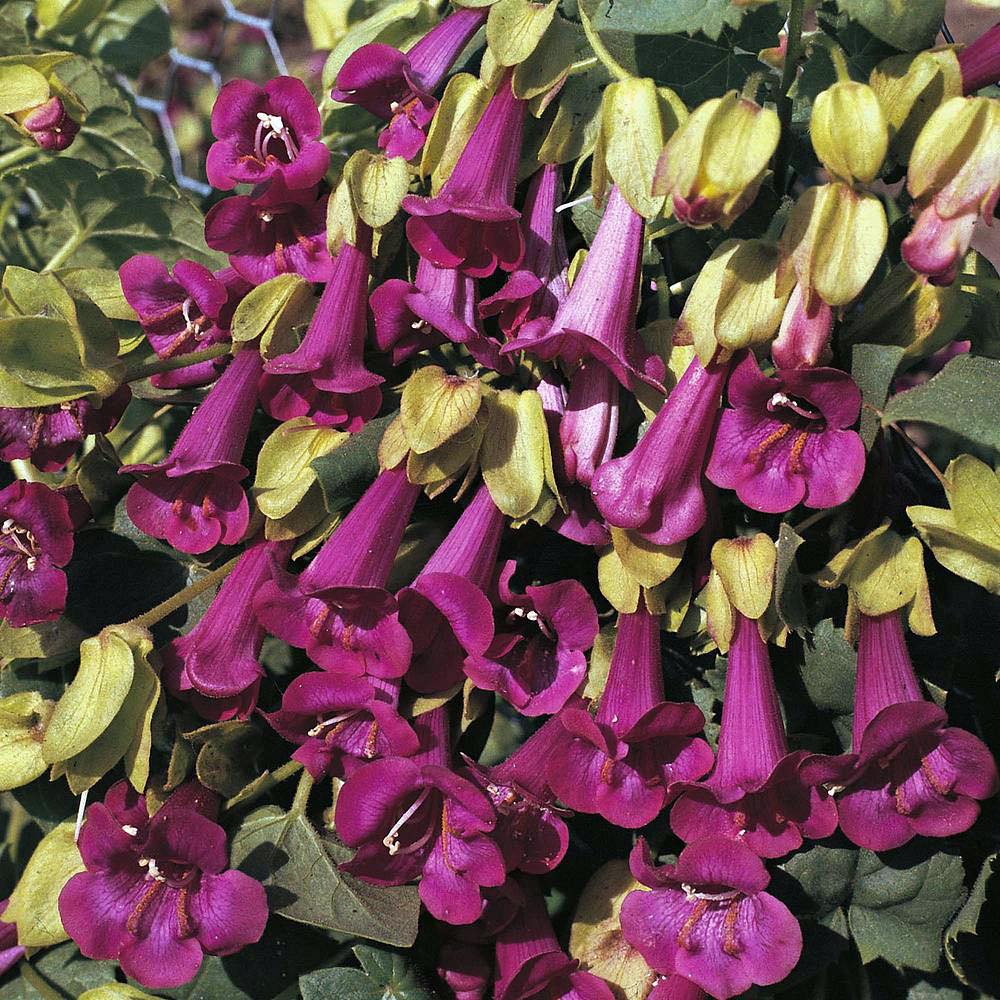
Epiphytes
The rainforest of Victoria Falls is teeming with epiphytic plants, utilizing innovative adaptations to thrive in a challenging environment.
Air Plants
Air plants, also known as bromeliads, are epiphytic plants that absorb moisture and nutrients from the surrounding air. They have specialized structures, such as cup-like structures in their rosette of leaves, that collect rainwater and organic debris, providing them with essential sustenance.
Tree Ferns
Tree ferns are another group of epiphytic plants that have adapted to life on trees. They have slender trunks and large fronds that unfurl like umbrellas, allowing them to capture sunlight without overshadowing the host tree.
Orchids
Orchids are some of the most well-known epiphytic plants, their delicate blooms enchanting visitors to the rainforest. These plants have aerial roots that attach themselves to the bark of trees, enabling the orchids to gain support and access to sunlight while absorbing water and nutrients from the air.
Economic Value
Aside from their ecological importance, the plants of Victoria Falls hold significant economic value, benefiting both local communities and the tourism industry.
Tourism Revenue
The stunning and diverse flora of Victoria Falls attract tourists from around the world. Nature enthusiasts flock to the area to witness the beauty of the rainforest, experience the serenity of the grasslands, and marvel at the aquatic habitats. This influx of visitors contributes to the local economy, providing revenue and employment opportunities for the surrounding communities.
Local Industries
The abundance of plants in Victoria Falls supports various local industries. Herbal medicine and traditional healing practices rely on the rich plant biodiversity found here. Local communities utilize certain plants for food, construction, and cultural practices, sustaining their way of life.
Ornamental Plants
The unique and vibrant plant species of Victoria Falls have become sought-after ornamental plants in many parts of the world. The beauty of orchids, ferns, and other rainforest plants has made them popular choices for gardens and indoor decorations, resulting in a thriving industry that benefits local growers and exporters.
The flora of Victoria Falls is a testament to the incredible diversity and adaptability of plant life. From the lush rainforest to the vast grasslands and tranquil aquatic habitats, this remarkable natural wonder is a haven for a wide array of plants. Whether you are captivated by the delicate orchids, the towering trees of the miombo woodlands, or the vibrant wildflowers, exploring the botanical wonders of Victoria Falls is an experience not to be missed.

